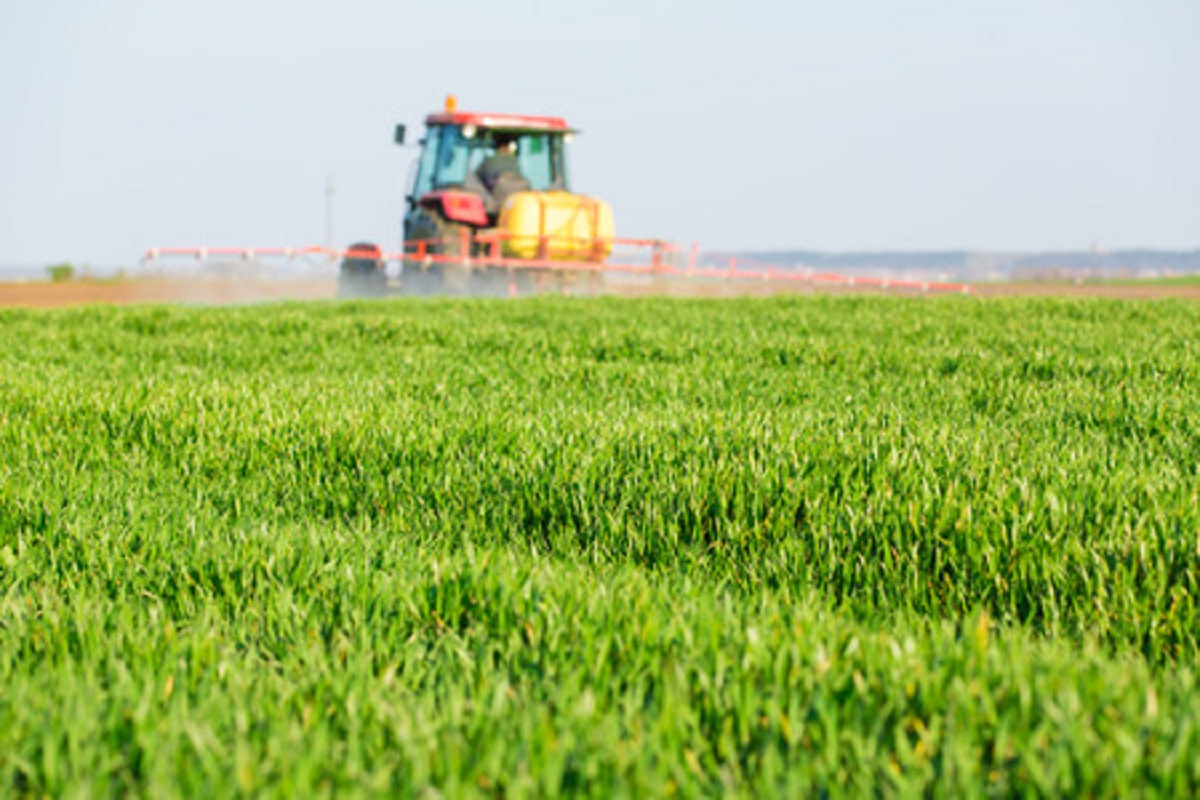Role of Fungicides in Bee Decline
January 11, 2018
Bee Colony Collapse, Honey Bees
The decline of honey bees has gotten most of the world’s attention, thanks in large part to the staggering scare that is colony collapse disorder (CCD), which is the enigma that sees entire colonies, specially the thousands of worker bees within a hive, disappear, leaving only the queen, male drones, and immature baby bees and bee larvae behind. However, there are other species of bees out there that are seeing their numbers decline at devastating rates, such as the effective wild pollinators that are bumblebees.
Greatest Threat
Recently, several scientists have concluded after considerable research that the greatest factor that has led to bumblebee decline is fungicides. This discovery, made during a large-scale study, can now be placed on the ever-increasing list of potential threats that risk ending these equally essential pollinators forever. Once believed to affect only mildew and mold, fungicides are killing bumblebees by causing them to be more vulnerable to Nosema parasites and exacerbating other pesticides’ toxicity.
The study was published recently in Proceedings of the Royal Society B, and it involved machine-learning technology in order to examine 24 variables and their effects on four different species of bumblebees. The scientists involved with this study gathered bee subjects from 40 different U.S. states at 284 sites, testing them against factors like elevation, latitude, human populations, pesticide use, habitat damage, and habitat type.
Effects on Bee Decline
The main and unexpected culprit of bee decline indicates that “people have not been looking in all the places they probably should,” says Scott McArt of Cornell University, who was also the study’s lead author. “We threw everything but the kitchen sink at this analysis, and the ‘winner’ was fungicides. It turns out that fungicide use is the best predictor of bumblebees getting sick and being lost from sites across the US…I was definitely surprised,” since “fungicides have been largely overlooked.” With this information readily available, McArt stated that researchers need to place “much more work on fungicides and their role in bee decline” if we are to make progress toward saving these crucial pollinating species.
Things to Consider
Pesticide sprays, especially neonicotinoid pesticides, are commonly used throughout the world to manage crops landscapes, leading to them often being found in pollen and nectar. Another study recently uncovered how certain chemicals have caused critical nutritional stress for honey bees, impacting the survival rate of their hives at roughly 44 percent, according to statistics released by the United States Department of Agriculture.
Copyright: oticki / 123RF Stock Photo


.jpg)




